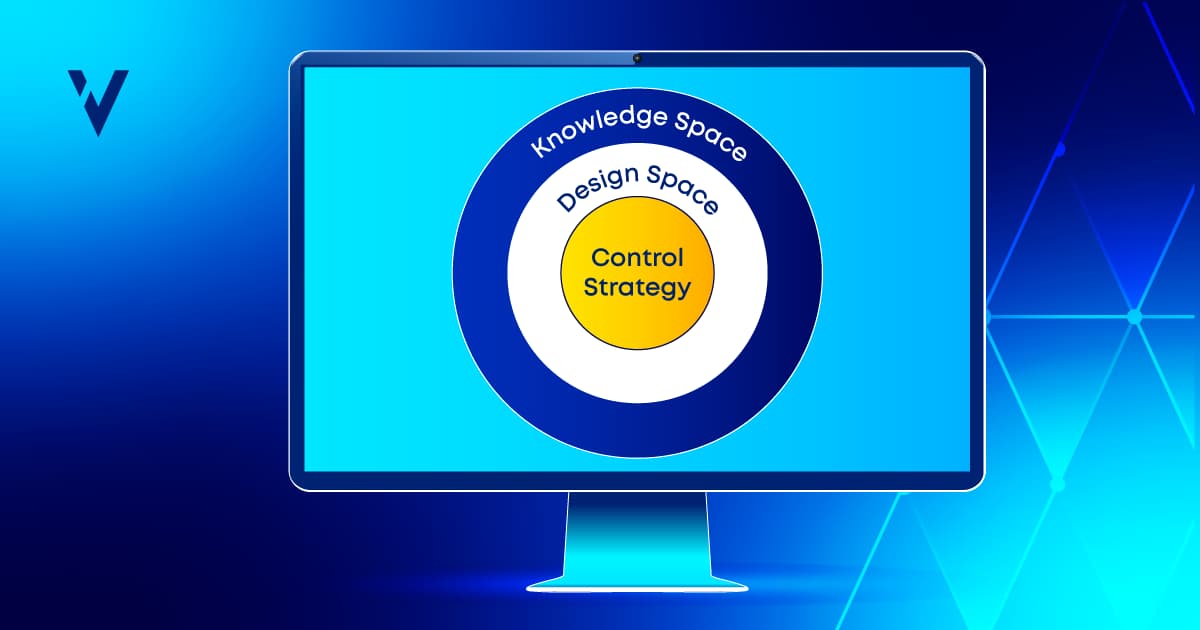Editor’s Note: The following blog post summarizes an article that initially appeared in Quality Digest magazine on April 11, 2024.
Risk assessment and continued process verification (CPV) are fundamental regulatory requirements for pharmaceutical companies to ensure drug safety, efficacy, and quality. While risk assessment involves analyzing, mitigating, communicating, and monitoring risks that could ultimately impact patients, the business, and compliance, CPV involves monitoring and analyzing manufacturing processes to ensure they remain in a state of control. Both utilize large amounts of product knowledge and process data, yet the industry appears to have missed the connection between the two. One reason could be that risk assessment and CPV are still manual and independent processes in most pharmaceutical companies.
The Impact of Disconnection
This is best illustrated with an example. Let us assume that during early-stage development, R&D identifies that a specific critical quality attribute (e.g., CQA-12) has been impacted by a particular critical process parameter (e.g., CPP-18). As a control strategy, the team defines a range in which the process parameter must be controlled to ensure that the impact remains within the specification.
When the developmental risk assessment exercise is executed on paper-based records, the team at the manufacturing location might miss evaluating CPP-18 and observe an unexpected trend of CQA-12 across all batches manufactured from Stage II to the current evaluation of Stage III. Unfortunately, they have no idea what is causing this trend.
Conversely, when the developmental risk assessment exercise is executed via a digital solution, the team sees everything that needs to be evaluated during CPV as the knowledge about CPP-18 and CQA-12 is available in a seamless flow through an integrated risk assessment and CPV process.
Narrowing the Divide
When we unite risk assessment and CPV functions, we achieve higher data integrity and quality standards, which are vital in the biopharmaceutical industry. Here are ways digital technology is narrowing the divide.- Integrated, seamless connectivity occurs between risk assessment findings and the design and execution of the CPV strategy.
- Better risk-based decisions are made as we focus our CPV efforts on the critical areas identified through risk assessment.
- Common language and metrics are used across risk assessment and CPV activities, facilitating better communication, understanding, and collaboration among stakeholders.
- Risk assessments become more dynamic and reflective of the current process status, helping align CPV activities with the most up-to-date risk profile.
- A centralized data management system can be created to track and analyze relevant information and provide a comprehensive understanding of the performance of ongoing processes in the context of identified risks.
- A culture of continuous improvement is fostered through automatic feedback loops between risk assessment findings and CPV results, leading to a more adaptive quality management system.
- Teams become collaborative as silos of information are broken down to promote a holistic understanding of processes.
- Documentation and reporting are more accessible due to the transparency and interconnectedness of activities during audits and inspections.
What Integration Does for Business
Integrating risk assessment with critical process variables in a digital framework offers several benefits, including:
- Improved product quality as organizations identify and address potential risks that could impact product quality and ensure that CPPs are controlled within specified limits.
- Enhanced compliance through real-time monitoring and documentation of CPV and risk assessment data.
- Reduced cost by proactively addressing risks and preventing costly deviations and product recalls.
- Efficient decision-making through real-time data analysis based on accurate and up-to-date information.
- Optimized processes through the ability to pinpoint opportunities for process improvement.
- Greater traceability with a comprehensive CPV and risk assessment data record throughout production.
- Competitive advantage by demonstrating a commitment to quality, compliance, and efficiency which are key differentiators in the pharmaceutical industry.
The Future of Integrated Risk Assessment and Continued Process Verification
The future will likely be characterized by greater advancements in technology, increased automation, and a keener focus on real-time decision-making. In brief, some of these trends include:
- Advanced analytics and artificial intelligence where predictive analytics can anticipate potential risks and deviations, while machine learning algorithms can optimize processes using historical data.
- Internet of things (IoT) integration where IoT devices capture real-time data from various points in the manufacturing process.
- Blockchain technology to enhance traceability in digital risk assessment and CPV, facilitating accessible audit trails and compliance verification.
- Digital twins simulation/optimization allowing businesses to model and analyze various scenarios to optimize CPV and risk assessment strategies before implementing changes in the actual production environment.
- Increased automation in decision-making processes through automated responses to deviations and risks, thereby reducing the reliance on manual intervention and ensuring faster, more accurate decision-making.
- An interconnected ecosystem with integration across different organizational departments and functions providing a holistic view of the entire value chain.
Ready to learn more? Read the full Quality Digest article to gain a comprehensive understanding of this integrated approach.


